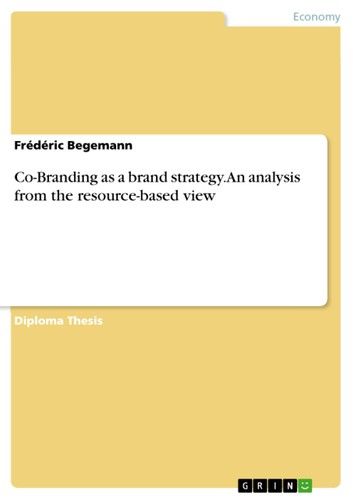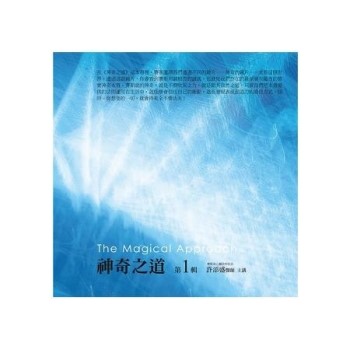圖書名稱:Co-Branding as a brand strategy. An analysis from the resource-based view
Diploma Thesis from the year 2006 in the subject Business economics - Marketing, Corporate Communication, CRM, Market Research, Social Media, grade: 1,3, European Business School - International University Schloß Reichartshausen Oestrich-Winkel, 149 entries in the bibliography, language: English, abstract: Organisations hold a distinct resource portfolio which may qualify for competitive advantages. But there are always gaps within this portfolio which limit the value maximization of an organisation (Bürki 1996). The brand is a key resource of an organisation, but despite the increasing number of different brands, the number of familiar and accepted brands in consumers' minds is very limited (Esch 2005, p. 27). Strong brands can therefore be powerful resources for organisations. Confronted with the innovative demand of consumers, these strong brands can also serve as basis for further value maximization. Nevertheless, even a strong brand only has a distinctive brand identity and respective consumersided brand associations which cannot be overstretched without negative effects (Kaufmann & Kurt 2005). This means that value maximization is limited due to existing brand gaps. The aim of this paper is to analyse co-branding as a brand strategy which contributes to value maximization of an organisation by filling existing organisational gaps. For this reason, the brand as distinct resource is to be analysed and alternatives for filling brand gaps are to be evaluated before guiding a structured analysis of co-branding benefits, success factors and risks from a RBV. Practical implications for co-branding partnerships are to be derived from this evaluation.












